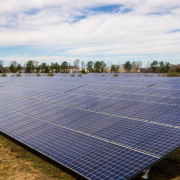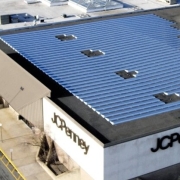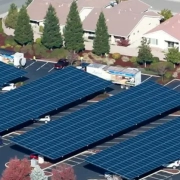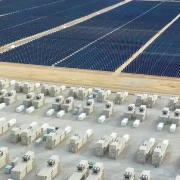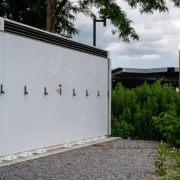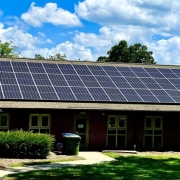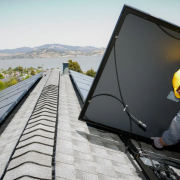Renewable energy developer Ørsted announced it has secured a $680 million tax equity financing for a portfolio of solar and storage assets in Texas and Arizona.
The project portfolio includes Eleven Mile Solar Center, a 300 MW solar and 300 MW /1200 MWh storage project in Pinal County, Arizona and Sparta Solar, a 250 MW solar project in Mineral, Texas.
J.P. Morgan made the tax equity investment, comprised of production tax credit (PTC) and investment tax credit (ITC) assets available through the Inflation Reduction Act (IRA). Over 1.8 GW of Ørsted’s 5.7 GW portfolio is now supported by the investment bank.
Click here to read the full article
Source: PV Magazine
—
If you have any questions or thoughts about the topic, feel free to contact us here or leave a comment below.

